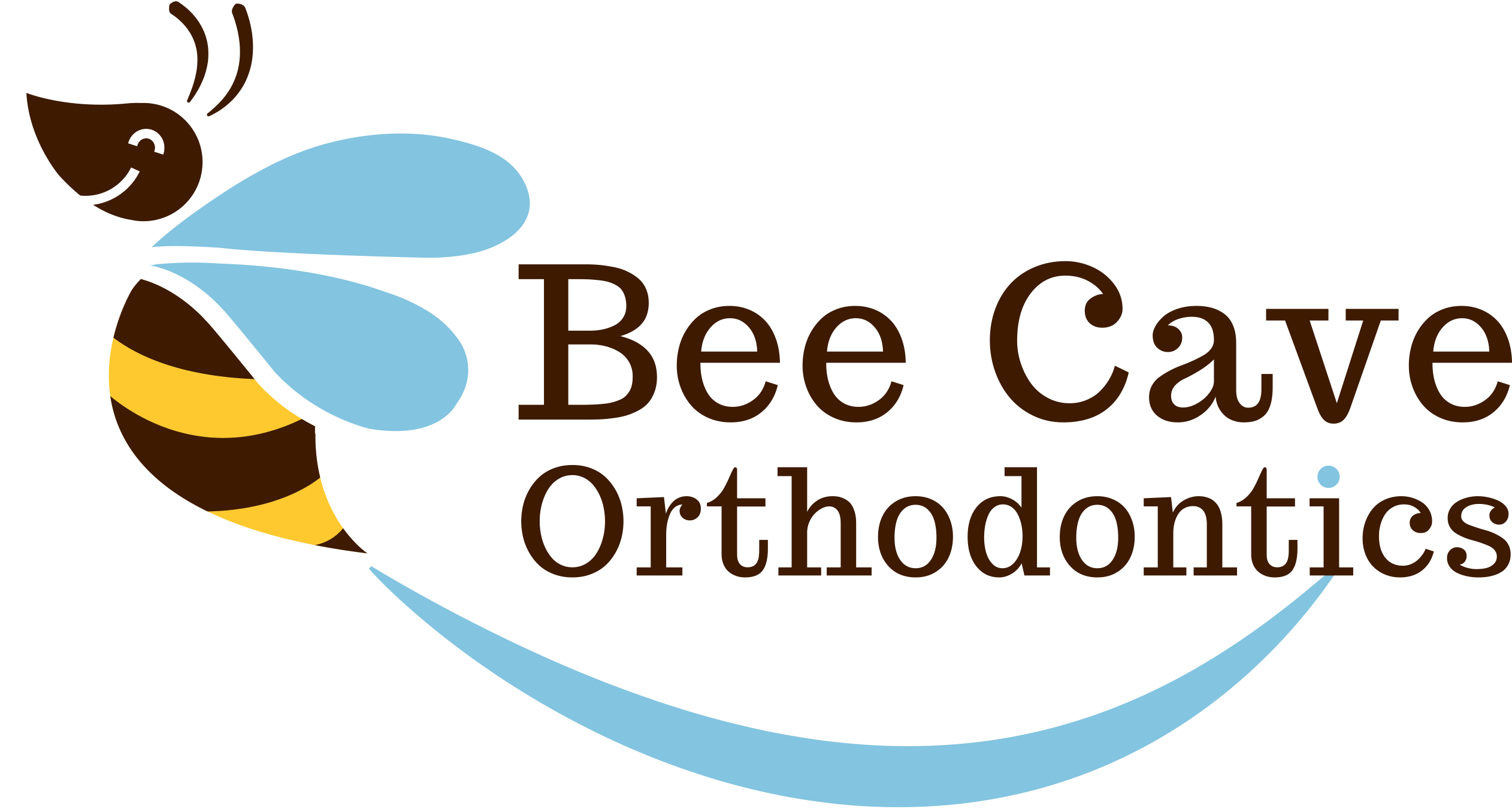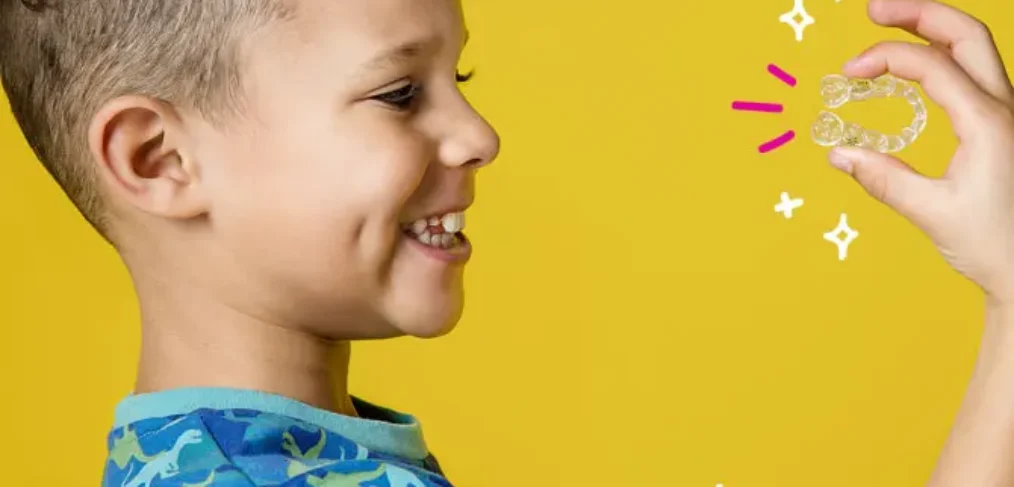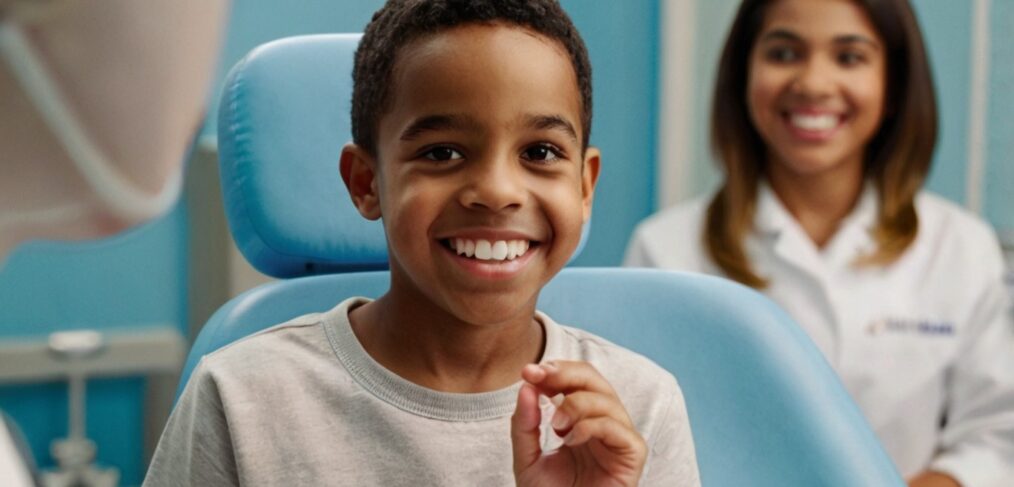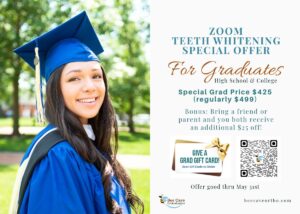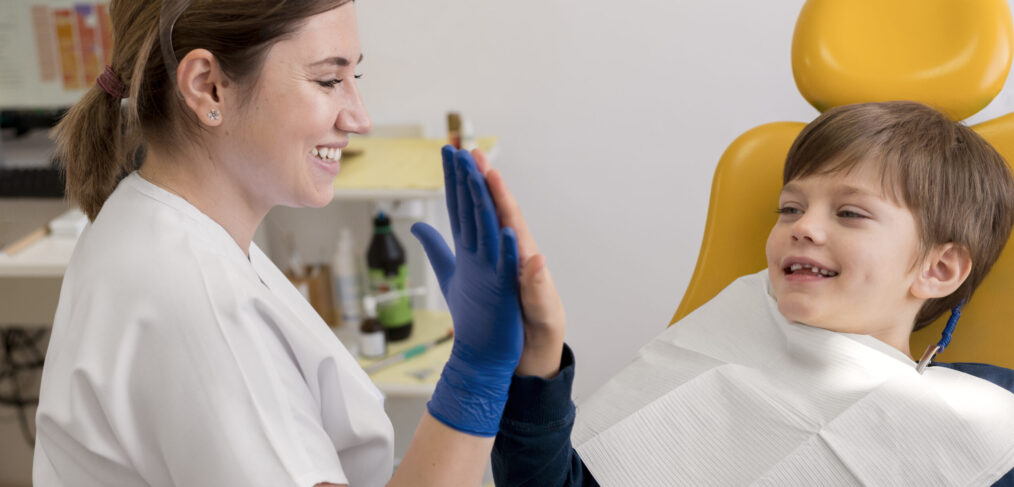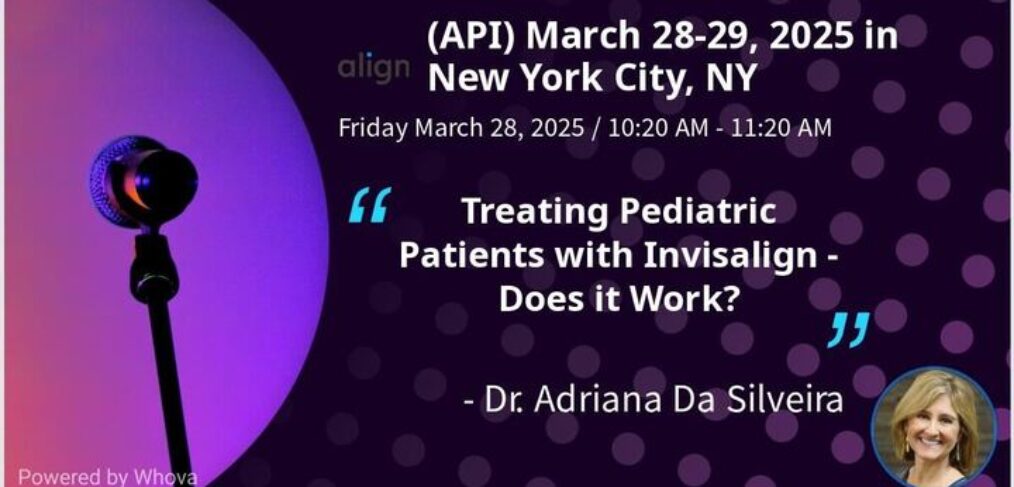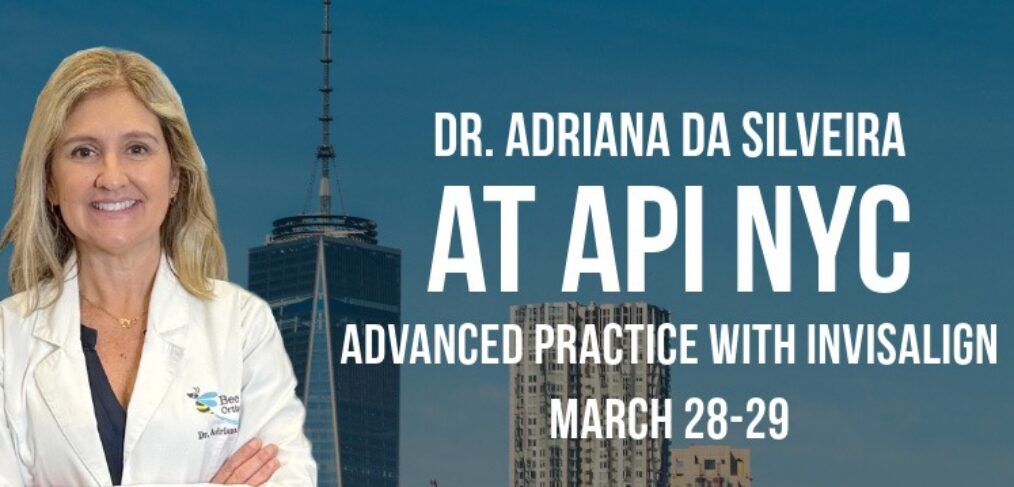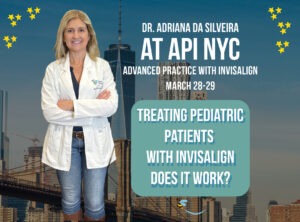Wondering if your child can get braces or Invisalign with baby teeth? Dr. D, Austin’s premier pediatric orthodontist, explains mixed dentition treatment options and when to start for optimal results.
As a parent, you might be surprised to learn that orthodontic treatment can begin even when your child still has some baby teeth.
Early intervention can prevent more serious issues down the road and create the foundation for a healthy, beautiful smile.
Dr. D, a trusted pediatric orthodontist and Invisalign specialist in Austin, Texas, shares five essential facts about early orthodontic treatment for mixed dentition (a mix of baby and permanent teeth).
1. Yes, Children with Baby Teeth CAN Qualify for Orthodontic Treatment
While traditional braces and Invisalign are often associated with teenagers, early intervention can start as young as age 7. The American Association of Orthodontists (AAO) recommends an initial orthodontic evaluation by this age to assess:
- Jaw growth patterns
- Emerging permanent teeth
- Bite alignment issues
Common early treatments include:
✔ Palatal expanders (to correct narrow arches)
✔ Space maintainers (to prevent crowding)
✔ Partial braces (to guide erupting teeth)
✔ Invisalign First® (a specialized clear aligner system for young kids)
2. What Is Invisalign First®? (And How It Works for Mixed Dentition)
Invisalign First is designed specifically for children ages 6–10 who still have a mix of baby and permanent teeth. Unlike traditional Invisalign, these aligners:
- Accommodate erupting teeth (with special “eruption tabs”)
- Correct crossbites, crowding, and spacing issues early
- Are removable (but require strict compliance)
Case Example:
“An 8-year-old patient with severe crowding used Invisalign First for 9 months, creating enough space for permanent teeth to emerge properly—avoiding future extractions.”
3. Signs Your Child Might Need Early Treatment
Not every child with baby teeth requires orthodontics, but watch for these red flags:
🔹 Early or late loss of baby teeth (can indicate alignment issues)
🔹 Difficulty chewing or biting
🔹 Mouth breathing or snoring (linked to narrow arches)
🔹 Thumb-sucking beyond age 5 (can cause open bites)
🔹 Crowded or blocked permanent teeth
Did You Know?
Some children benefit from Phase 1 treatment (early intervention) followed by Phase 2 (full braces/Invisalign in teen years). This two-phase approach can reduce treatment time and complexity later.
4. Benefits of Starting Early (Instead of Waiting)
Early orthodontic intervention can:
✅ Guide jaw growth (reducing the need for surgery later)
✅ Create space for incoming permanent teeth (preventing extractions)
✅ Correct harmful oral habits (thumb-sucking, tongue thrusting)
✅ Improve facial symmetry and confidence
Parent Tip:
Even if full treatment isn’t needed yet, an early evaluation allows Dr. D to monitor growth and plan the most efficient treatment timeline.
5. What to Expect During a Mixed Dentition Consultation
At Dr. D’s Austin office, we use 3D digital scans (no messy impressions!) to assess:
- Which teeth are still baby teeth vs. permanent
- Jaw development and airway health
- Customized treatment options (braces, expanders, or Invisalign First)
Frequently Asked Questions:
❓ “Will early treatment eliminate the need for braces later?”
- Not always, but it can simplify future treatment.
❓ “How long does Invisalign First take?”
- Typically 6–12 months, depending on the case.
❓ “What if my child loses an aligner?”
- We provide free replacements during active treatment.
Next Steps for Austin Parents:
- Click here to Schedule a Free Consultation now!
- Want to get to know us a little better? Check out our YouTube Videos!
